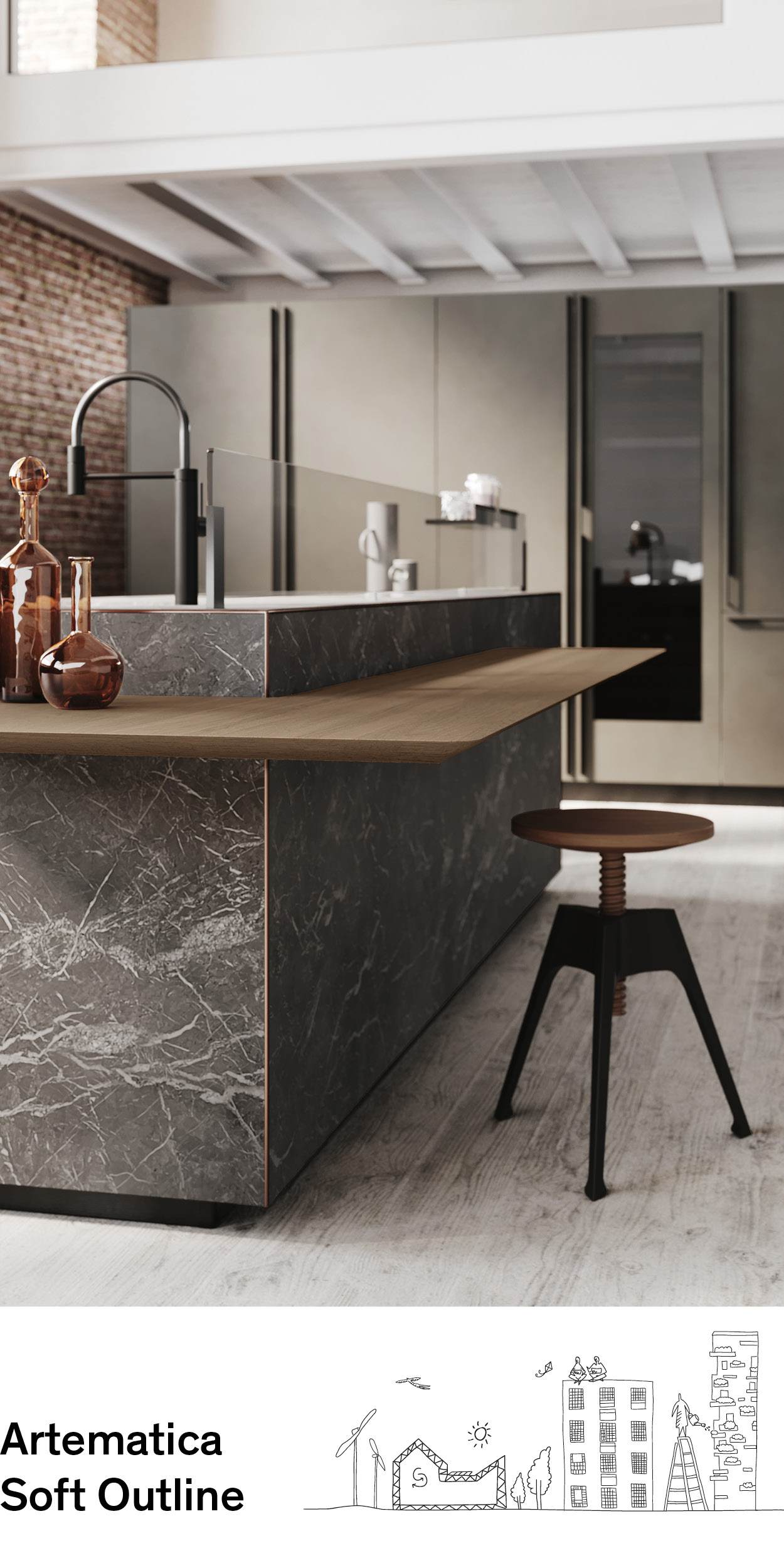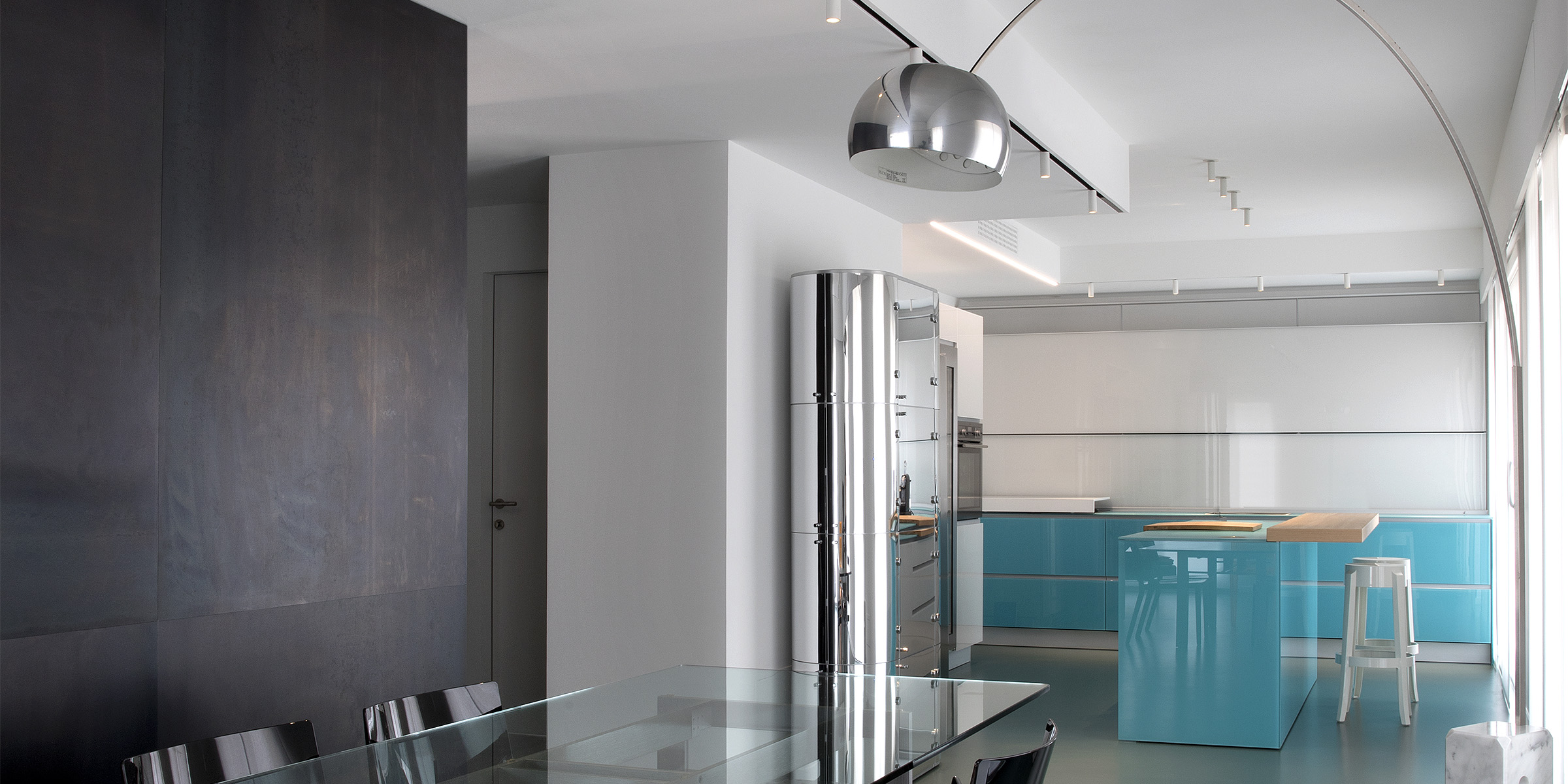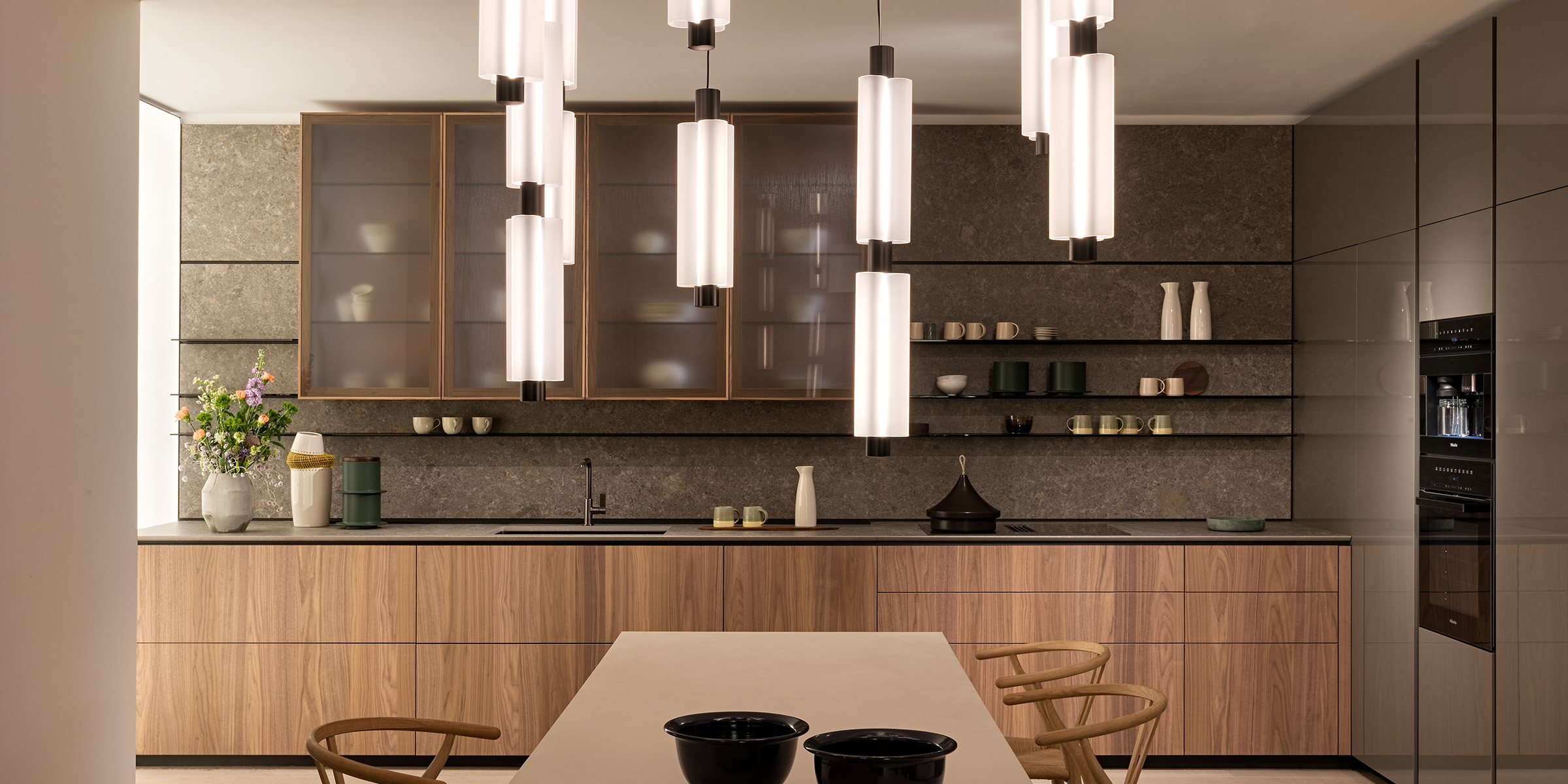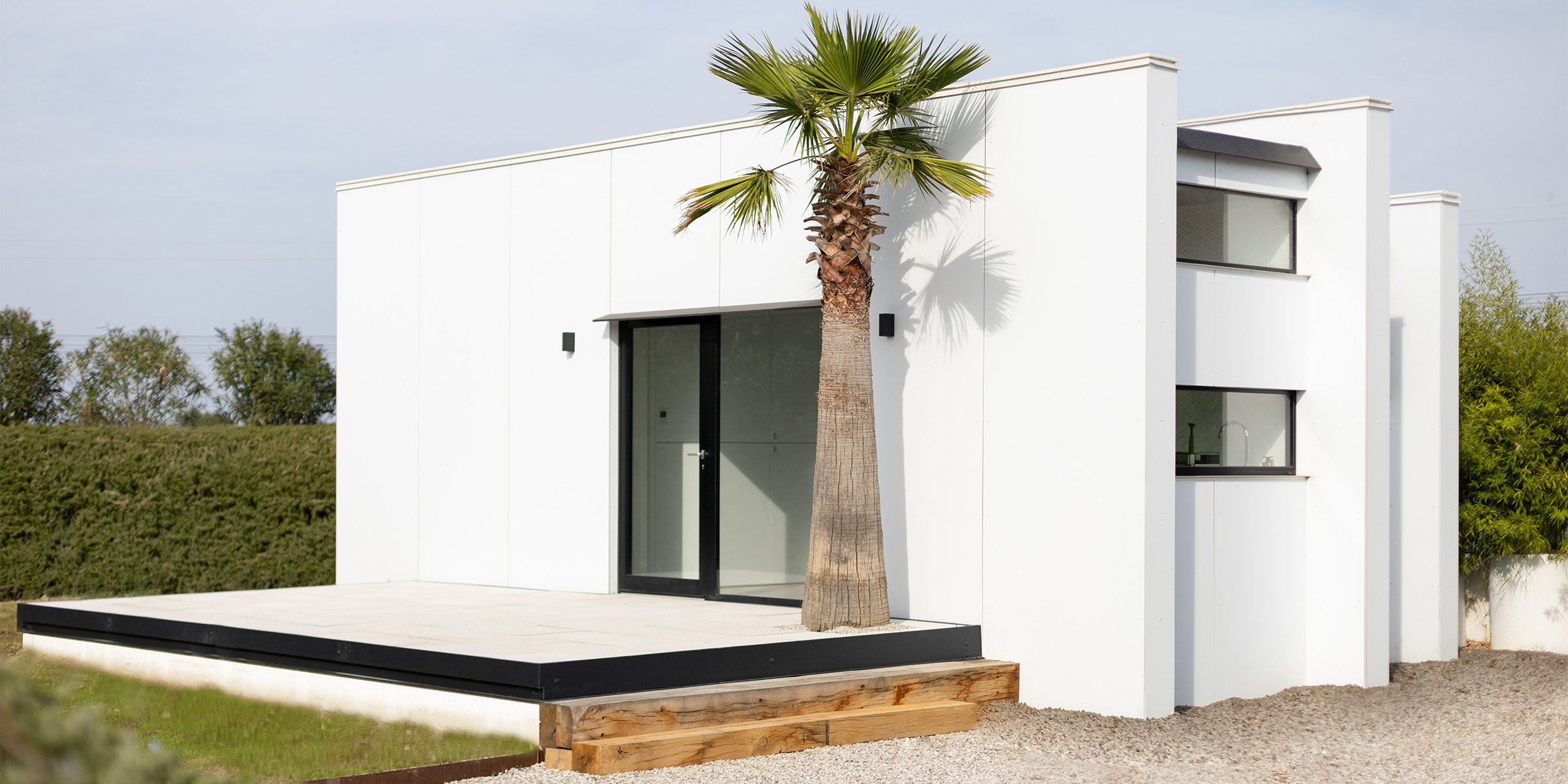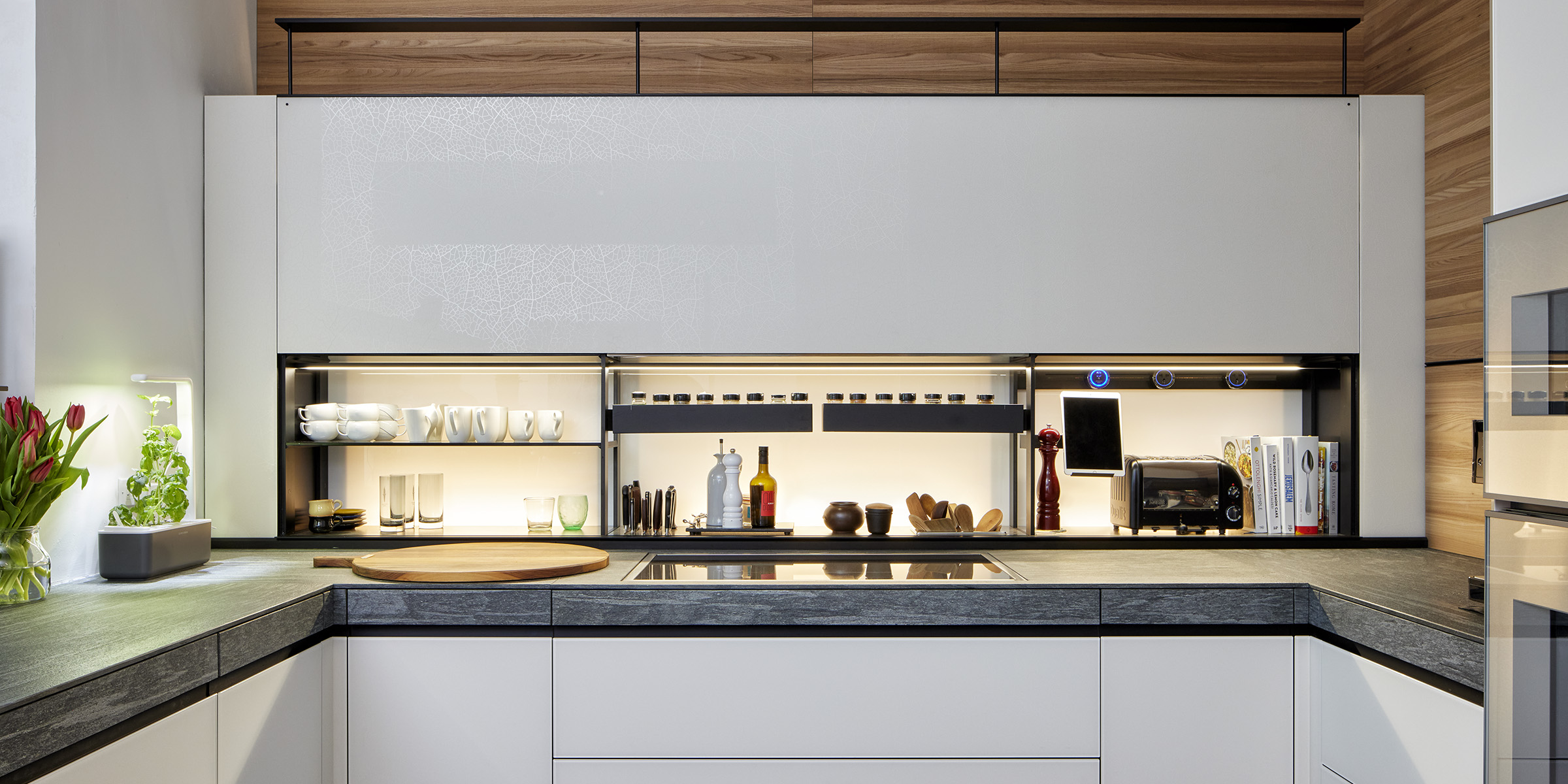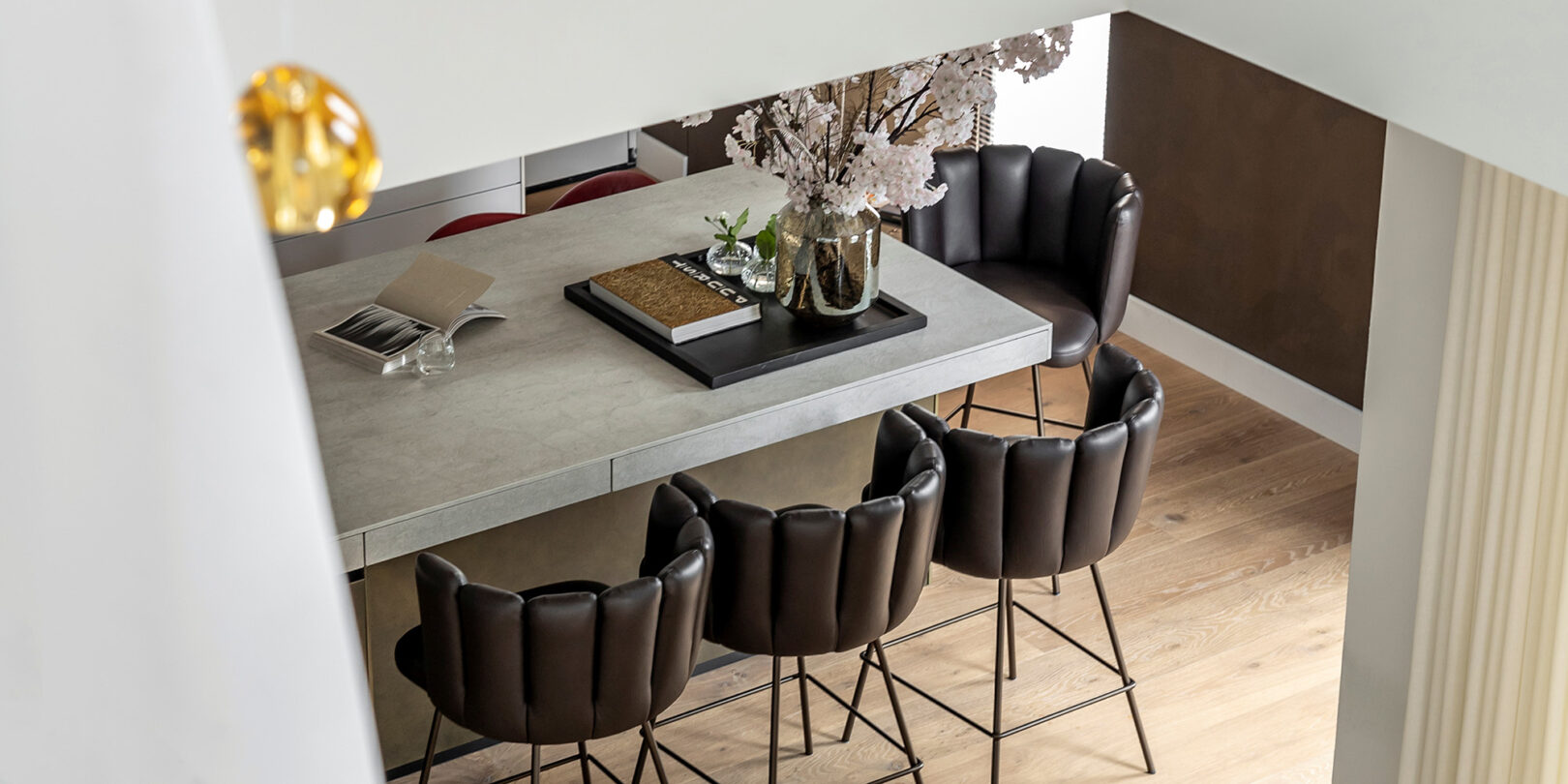Sustainability-driven innovation
What connection is there between corporate innovation and sustainability?
The concept of innovation is fundamental for many companies. They encourage and back up its development because it brings evolution, improvement and financial success in its wake. Moreover, innovation is a feature that consumers recognise more readily than they appreciate the sustainability of a product and they are more willing to pay a premium price for it.
Back in 1911, the economist Joseph A. Schumpeter defined the fundamental difference between an invention, which does not necessarily result in a new product or process entering the market, and innovation. Radical or incremental innovation is the implementation of a new product. This type of innovation may employ new knowledge or new technologies; alternatively, it may be based on novel uses or on combinations of existing know-how and technologies. But what really drives innovation? According Valcucine's model, we can easily say that the primary force behind innovation is ethics, i.e. an authentic desire to serve mankind to produce something “good” and “beautiful” that is available to all. In fact, an innovator is a person capable of changing his/her point of view, dreaming of a new, different and better world for all. An innovator is a person who ventures beyond common boundaries.
Each company chooses to pursue different goals and decides to invest in the type of innovation that best represents its own vision and mission.
Let's take a look at design-driven innovation for instance. The aim of this strategy is to create a new radical vision by focusing on discovering the future needs of consumers and generating new meanings in a market where technology seems to be the only possible source of innovation.
Another type of innovation is thoroughly explained by recent research carried out by Deloitte from which one can infer that a company's probability of becoming innovative significantly increases if it focuses on sustainability.
Unfortunately, the sustainability concept is often added superficially to a company's plans, merely to meet an increasing market demand and to add extra value or appeal to a product. The innovative and ethical vision resulting from sustainability is often lost when this narrow viewpoint, limited to the “saleability” of a product, is adopted.
For instance, if a company promotes its products by branding them as ecological, it proves that it knows nothing of the real value of sustainability and that it uses this concept to the sole aim of increasing its visibility: there is no such thing as a really ecological industrial product because every human activity has an impact on the environment. To be sustainable does not mean to be ecological but to walk on the path of ongoing improvement. It is precisely this research that brings about innovation and that makes us realise how sustainability drives innovation.
For many years, the main goal of most industries has been profit. This has overshadowed important aspects such as the quality, safety and the non-toxicity of products and has neglected a respectful approach to environmental issues. Throughout the years, this awareness has guided Valcucine to achieve a number of innovations that prove how the need to increase sustainability improves the product.
Valcucine's company vision “We have a dream, a waste-free world” has resulted in respecting the main principles of eco-compatibility: dematerialisation, recycling and reusing, reducing toxic emissions and guaranteeing a long technical and aesthetic life to products.
Valcucine can produce many examples that show how research to increase sustainability has always promoted innovation, i.e. the type of innovation that results in a continuously improved product.
An example of this is Artematica, which revolutionised the kitchen door concept as the first door in the world to have an aluminium frame, invisible from the outside and made with an aesthetic panel of 5mm thick HPL(High-pressure laminate). Artematica was also the first 100% recyclable door made from glass and aluminium with no visible frame or hinges as well as the first door with a system that conveys water without getting wet. It then evolved into an even slimmer door: Ricicla, a again with an aluminium frame but a panel that was only 2mm thick. Today, the door has evolved into Riciclantica, a new single-material door made from 100% aluminium with a 2mm thick aesthetic panel.
Nowadays, not only does innovation mean combining functionality and aesthetics but also adopting a conscientious use of materials: this is how the new, 100% recyclable, Invitrum glass base units were achieved. They are completely devoid of formaldehyde emissions, do not use double side panels and have been designed to be easily disassembled and reused or recycled at the end of their life cycle.
In the knowledge that responsible forest management is fundamental to protect the environment, since 2008, Valcucine has begun to incorporate FSC-certified timber components into its kitchens. Valcucine obtained compliance to the FSC-STD-40-004 standard in 2008 and its ultimate goal is to produce kitchen models in which all the wooden elements come from FSC forests. The chipboard used for Valcucine kitchens now closely adheres to the limit values set by the strictest regulation in the world, the Japanese Formaldehyde Emission Standards (F four stars).
It is fundamental to understand that there is no such thing as full sustainability but there is a path along which profound research and attention walk one step ahead towards innovation.
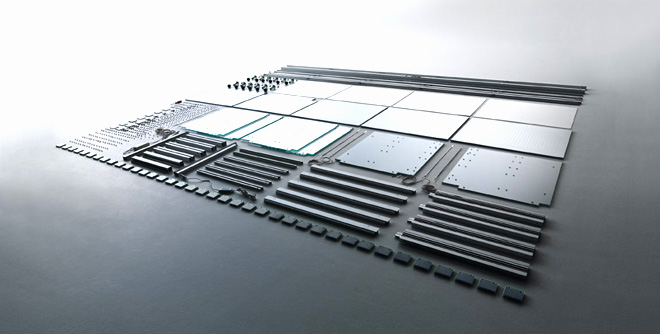
LATEST POSTS




